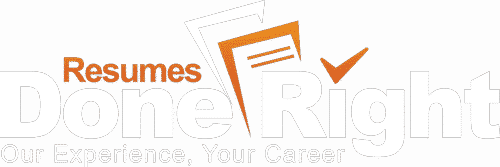
Regardless of the specifics, you, like many workers, have lost your steady income and career. Now what?
Nearly 2 years into the COVID-19 pandemic, there are no signs of the economy returning to its pre-pandemic state. The gig economy has become increasingly more in demand with employers flooding the classifieds with short-term opportunities for projects and gigs, seeking independent or freelance workers from a variety of backgrounds, qualifications, locations, and skills. Workers across the country are now vying for the best postings to earn their paycheques and remain active in the workforce. So how can you, a reluctant gig worker, find your place in a changing economy and earn a steady paycheque to live well while navigating a career change?
Getting Started
The gig economy can be confusing and overwhelming. What is a gig worker? Which industries provide work? For a quick primer, visit our most recent post. Browse websites like freelancer, Upwork, and Fiverr to see what types of positions are available in your area or preferred industry. Once you have a good idea of what type of work might be available to you, it’s time to put your best foot forward.
Step 1
Before succumbing to a spiral of panic, take a deep breath and dust off that resume. Your first step will be to update your resume with your most recent experience and focus on the skills you feel most confident in and would like to continue to use moving forward. Once you’ve got a position or industry to focus on, design your resume to highlight all the experience and skill you have that makes you perfect for the job. Not sure where to begin? We can help with that.
Step 2
Update your LinkedIn. Don’t have a LinkedIn? Make one! If it’s not standard in your desired industry to have a portfolio or online presence, you will have to go about things the old-fashioned way and start networking. Whether on LinkedIn or in-person, meeting people within your industry to make connections or meeting potential clients and building relationships with them will be immensely helpful in your pursuit of contracts and freelance work.
Step 3
Now that you’ve got your resume updated and your network starting to grow, it’s important to set boundaries to protect yourself from overworking. What many don’t realise is that freelancing, and gig work, often requires 24/7 availability. Depending on the work you do, you may get opportunities from places in various time zones, or you will take on a project with tight deadlines meaning you’re required to work more than standard hours. Having your boundaries established upfront will ensure that you’re not overworking yourself and effectively losing money due to the amount of labour you’re providing for the pay. As a part-time freelance writer, I set my schedule to have Thursday afternoons and Fridays and Saturdays free. This provides me with time to complete other work, household chores, and have a life outside of work. On these days I will not respond to emails as a rule and will not search for projects or contracts. Establish your own “office hours” and stick to them for your sanity. In freelancing, learning to say no to clients is a valuable lesson.
Finding yourself in a precarious financial situation is scary but with a little bit of preparation, you can set yourself up to lead in the gig economy.

